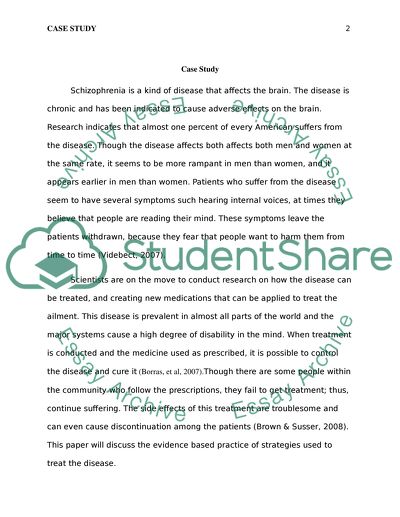Cite this document
(“Schizophrenia as a kind of disease that affects the brain Essay”, n.d.)
Retrieved from https://studentshare.org/psychology/1395125-schizophrenia-as-a-kind-of-disease-that-affects-the-brain
Retrieved from https://studentshare.org/psychology/1395125-schizophrenia-as-a-kind-of-disease-that-affects-the-brain
(Schizophrenia As a Kind of Disease That Affects the Brain Essay)
https://studentshare.org/psychology/1395125-schizophrenia-as-a-kind-of-disease-that-affects-the-brain.
https://studentshare.org/psychology/1395125-schizophrenia-as-a-kind-of-disease-that-affects-the-brain.
“Schizophrenia As a Kind of Disease That Affects the Brain Essay”, n.d. https://studentshare.org/psychology/1395125-schizophrenia-as-a-kind-of-disease-that-affects-the-brain.


